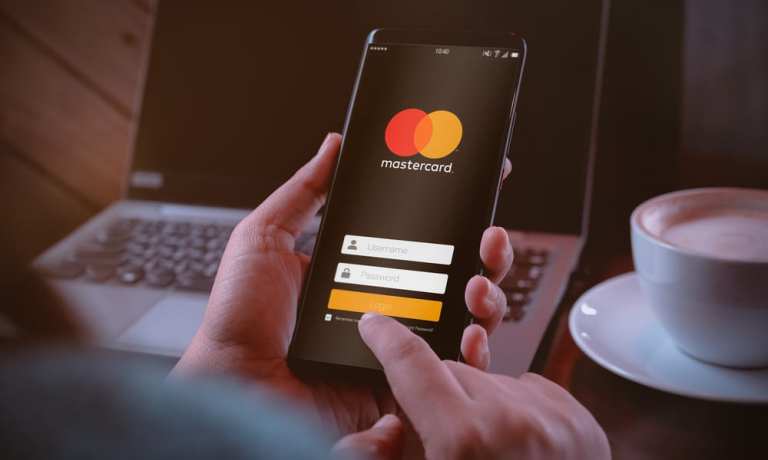
Consumers seeking out low- to no-touch payments options amid public health concerns have combined with an uptick in charitable donations and tips to boost the comfort with peer-to-peer (P2P) payment platforms, Silvana Hernandez, senior vice president of digital payments at Mastercard, told PYMNTS.
Hernandez added that while there was no way to predict or prepare for the pandemic, she’s pleased that the existing payments infrastructure was in place for consumers to leverage — particularly during these challenging times — and able to handle surges in use.
“Since the beginning of COVID-19, we have been seeing P2P services and platforms growing in terms of adoption and usage, and I think it’s mainly because of two factors,” Hernandez said.
Staying Home And An Aversion To Cash
Hernandez said the first P2P catalyst is consumers’ view of “cash being dirty.” Rightly or wrongly, they view it as a potential mechanism for transmitting the coronavirus.
The second driver has to do with people sheltering in place and simply not going out of their homes due to the pandemic. Hernandez said that prevents people from meeting face to face, interacting — and of course, paying each other in old-fashioned ways, such as cash or check.
“I think we are all seeing, in every corner of the world, that consumers are trying to go digital in every aspect of their life,” she said, noting that many of us now work, shop, see the doctor and/or go to school online.
“Everything is moving to digital, including the way we interact with each other — and also the way we pay each other,” Hernandez said.
She said that’s taken a P2P segment that was already expanding rapidly and made it grow even faster. Consumers favor mobile apps such as Facebook Messenger, for example, because they offer safe and convenient user experiences, and funds are posted to the receiver’s accounts in near real time.
Mastercard’s partners “are telling us that they are seeing other consumer segments adopting P2P services” — particularly older, first-time users who are getting more accustomed to new digital ways of life, Hernandez said. “I think it’s something that is going to be sticky [even post-COVID-19] because they find the convenience of using these services.”
Tipping And Charitable Contributions Also Boost P2P Usage
In addition to an increasingly older demographic using P2P, Hernandez said growing digital tipping and charitable contributions have also helped the sector.
“I think the usage of P2P is exactly for that — for donation, for support, even for people who are going through difficult situations due to natural disasters or social unrest,” she said.
Hernandez added that other new use cases are appearing all of the time, pushing the technology’s adoption even further. She said she expects consumers will find new ways to use P2P to help each other, stay connected or have more meaningful ways of interacting. It’s only a matter of figuring out how best to accelerate P2P’s adoption.
“I feel that the situation that we’re all going through is obviously very challenging to people,” she said. “The infrastructure is there, [and] people want contactless experiences.”
The bottom line: Expect technologies like P2P to help consumers during the pandemic and beyond.